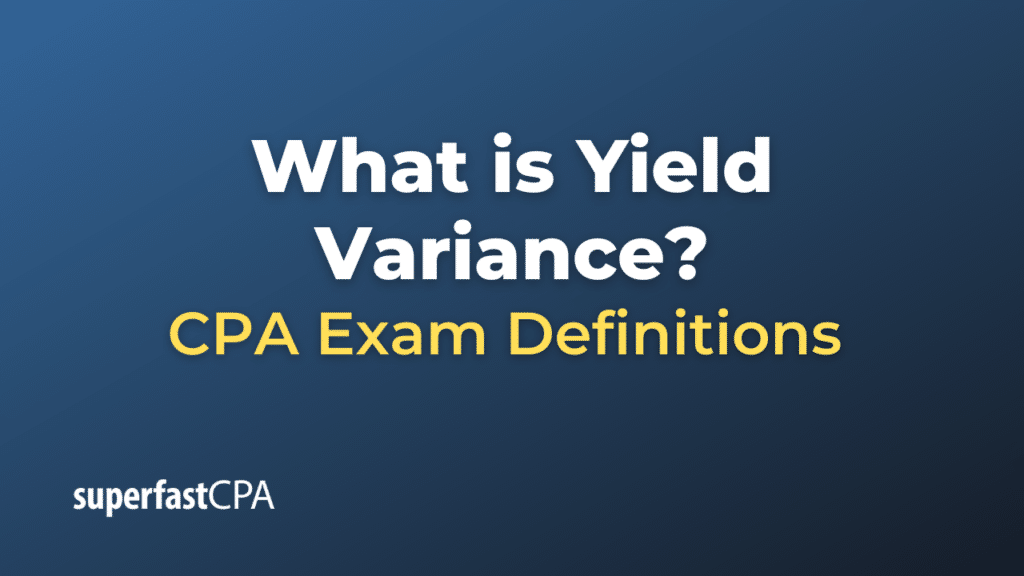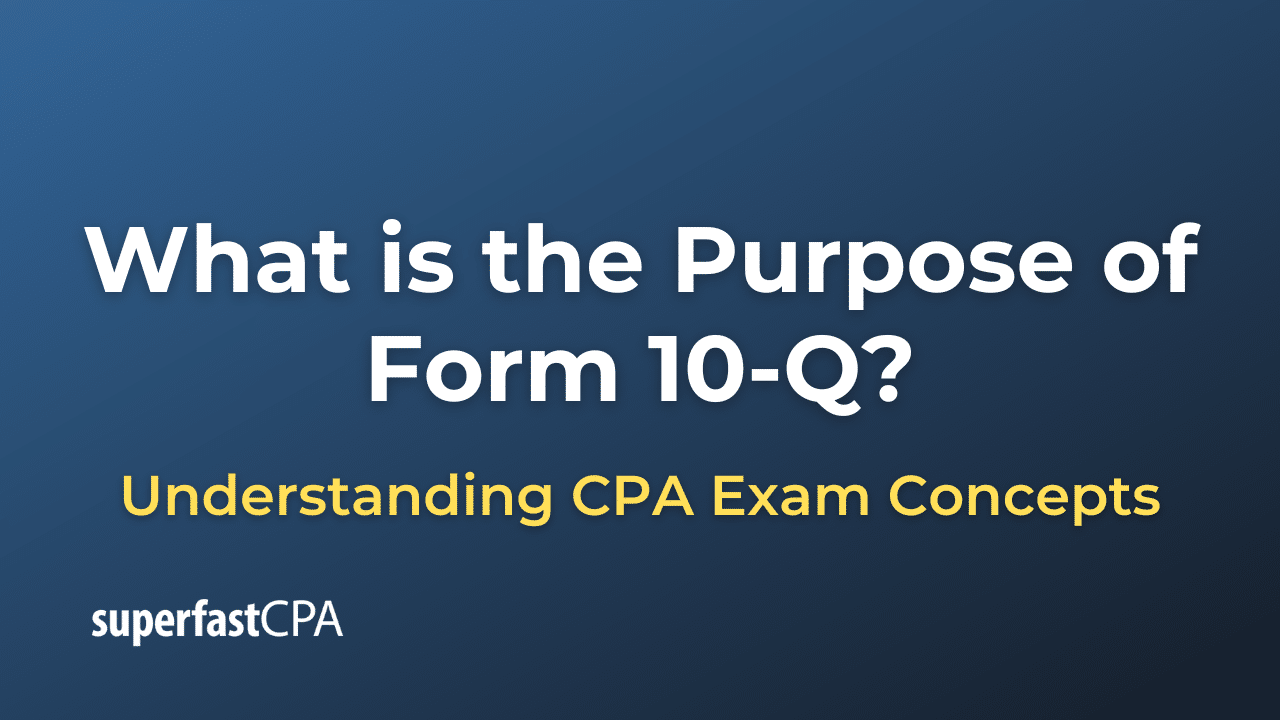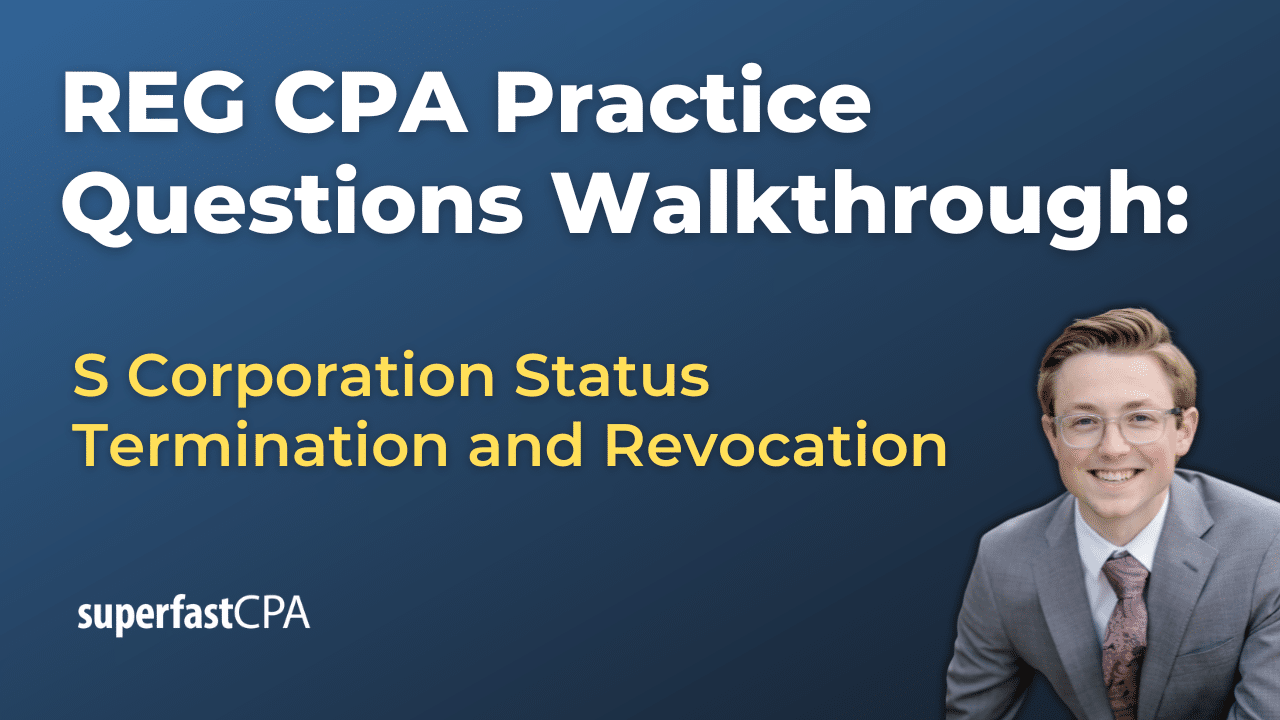Yield Variance
Yield Variance is a concept most commonly associated with manufacturing and production processes, although it can be applied in other contexts as well. It measures the difference between the actual yield and the standard or expected yield, expressed either in units or monetary value. Yield Variance is crucial for identifying inefficiencies in production, helping management understand how much material is wasted or unexpectedly used during the process.
Formula
The basic formula for yield variance is:
Yield Variance = (Standard Yield − Actual Yield) × Standard Cost per Unit
- Standard Yield: The expected output based on initial assumptions or benchmarks.
- Actual Yield: The real output measured after production is complete.
- Standard Cost per Unit: The estimated or benchmarked cost per unit of production.
Example of Yield Variance
Let’s consider a practical example of yield variance in a factory that produces bottled fruit juice.
The factory has set a standard that 1000 liters of raw fruit juice should yield 950 bottles of the finished product. Each bottle contains 1 liter of juice, and the standard cost per bottle is $2.
However, due to various factors like machine inefficiencies or quality issues, the factory actually produces only 920 bottles from 1000 liters of raw juice during a specific period.
Parameters
- Standard Yield: 950 bottles
- Actual Yield: 920 bottles
- Standard Cost per Unit: $2 per bottle
Calculating Yield Variance
Using the yield variance formula:
Yield Variance = (Standard Yield − Actual Yield) × Standard Cost per Unit
Substitute the values into the formula:
Yield Variance = (950 − 920) × 2
Yield Variance = 30 × 2
Yield Variance = $60
Interpretation
In this example, the yield variance is $60, which is unfavorable since the actual yield is less than the standard yield. This signals that there may be inefficiencies in the production process or issues with the quality of the raw juice.
Management might then decide to investigate further to identify the root cause. Potential actions could include checking machinery, retraining employees, or analyzing the quality of the raw materials.
In summary, understanding the yield variance helps the company identify areas for improvement and take corrective measures to enhance efficiency and profitability.














